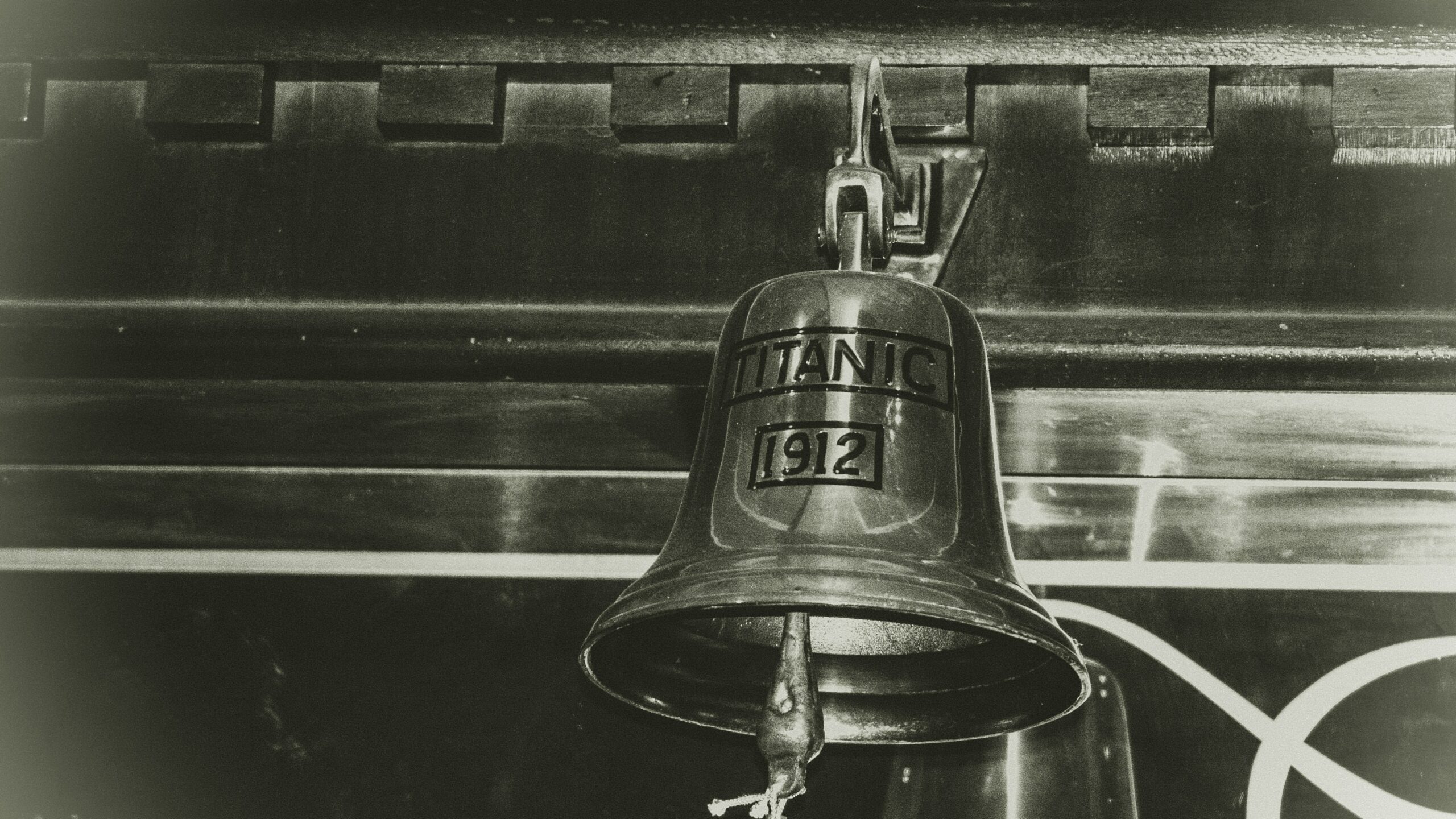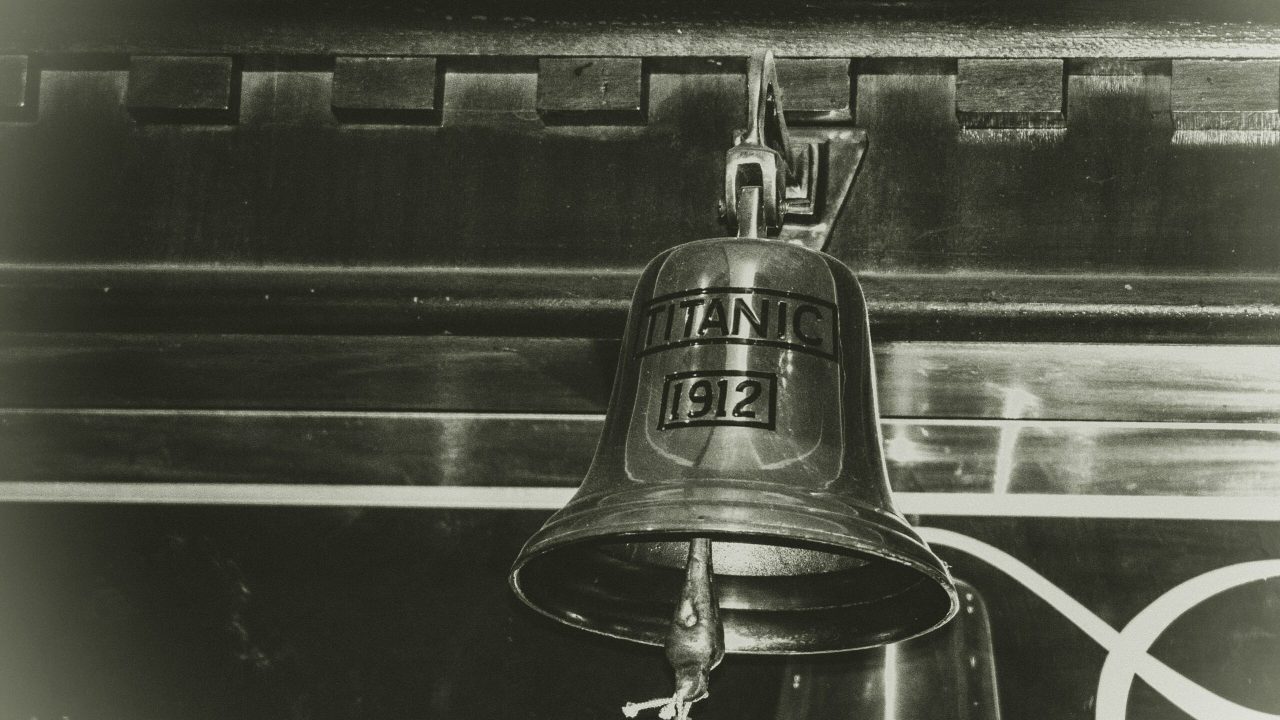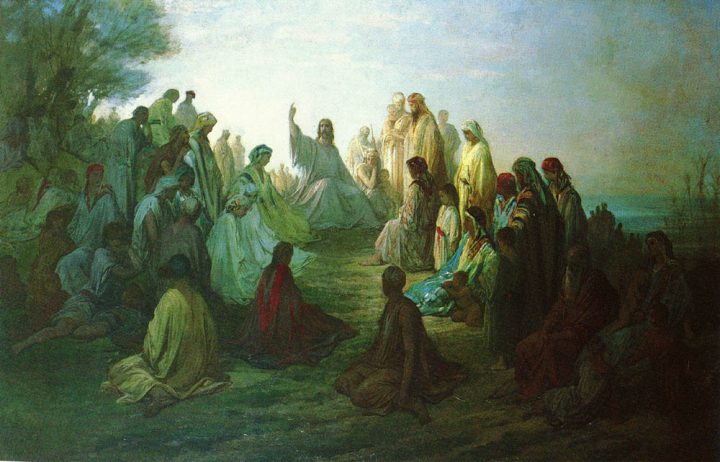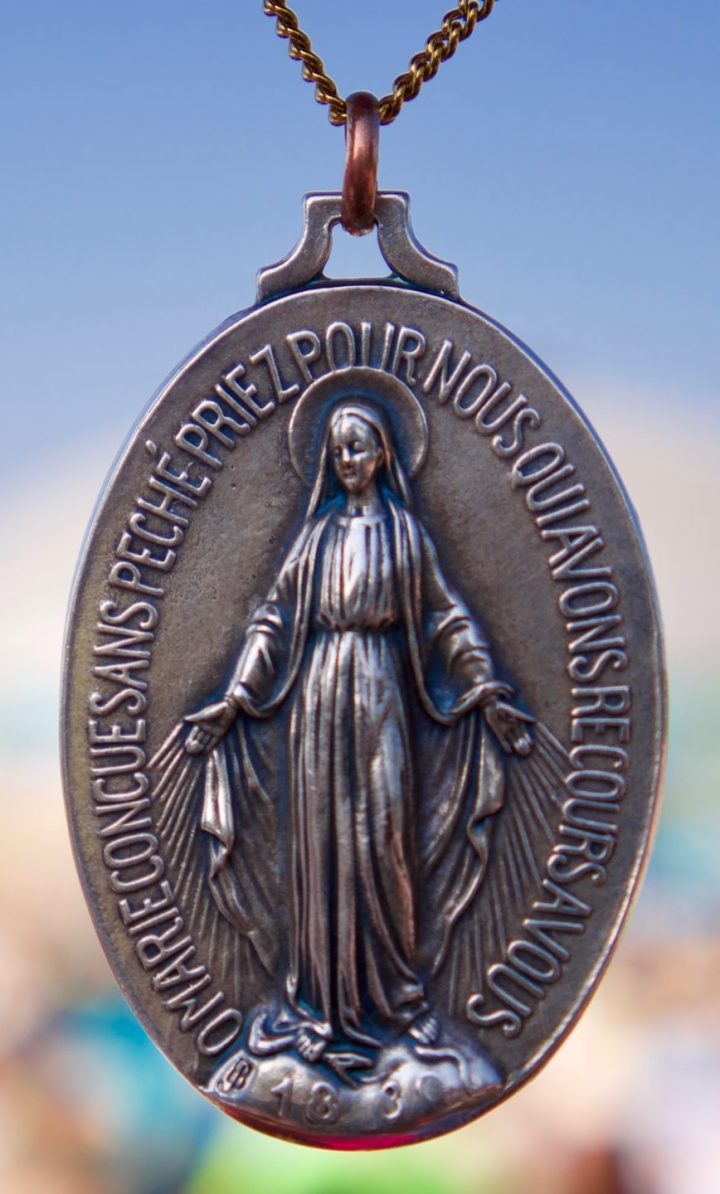
God puts us where we need to be. A radical statement for an article on the Titanic, I know. But on April 10, 1912, God placed Catholic men and women on board the Titanic to offer prayer and hope when it was needed most.
Three priests are known to have sailed on the Titanic: Father Juozas Montvila of Lithuania, Father Josef Peruschitz of Bavaria, and Father Thomas Byles of England, who had converted to Catholicism while studying theology at Oxford.
When Father Byles boarded the Titanic, he did not know that his greatest service as a priest was about to begin. He planned to enjoy the voyage and then officiate at his brother’s wedding when the ship reached New York City. However, Father Byles was needed in a different role.
Titanic survivors recall that on the morning of Sunday, April 14, 1912, Father Byles said Mass in the third class section of the ship and gave a homily that included references to lifeboats.1 After Mass, the priest and Mass attendees resumed their typical schedules.
Father Byles was seen on deck near midnight when the Titanic hit an iceberg and began to sink. When crewmen urged the priest to get in a lifeboat, he refused and ministered to passengers trapped in second and third class areas. Titanic survivor Mary Ellen Mockler recalled, “We saw before us, coming down the passageway, with his hand uplifted, Father Byles…. ‘Be calm, my good people,’ he said, and then he went about the steerage giving absolution and blessings.”2 Fellow survivor Agnes reported, “When the Titanic went to the bottom, Father Thomas B. Byles stood on the deck with Catholics, Protestants, and Jews kneeling around him. Father Byles was saying the rosary and praying for the repose of the souls of those about to perish. To many he administered the last rites of the Church.”3
Titanic survivors stated that neither Father Byles nor any of the other priests on the Titanic took seats in the lifeboats. They remained on deck to hear confessions and administer last rites.4
The example set by Fathers Byles, Montvila, and Peruschitz may have inspired survivors Ellen Mocklare and Anne Kate Kelly to imitate their life of service. Both women entered the convent years after their rescue at sea.
As the priests stayed on deck, another Catholic, Margaret Brown, helped passengers get into lifeboats. History books and Hollywood filmmakers have named her the Unsinkable Molly Brown, but Margaret never referred to herself as Molly. Friends and family members called her Maggie.
Born in 1867, Maggie was one of eight children in an impoverished Irish Catholic family. By the age of thirteen, Maggie was stripping tobacco leaves in Hannibal, Missouri, to help support her family. She moved to Colorado where she met and married James Joseph (J.J.) Brown in 1886. Maggie and J.J. had two children and faced financial struggles in the early years of their marriage. They became immensely wealthy when J.J. developed a way to safely extract gold from the Colorado mines. Although she now had the money to live a life of leisure, Maggie Brown devoted her time to soup kitchens and other charitable organizations that helped women and children.
Maggie Brown was in Europe in 1912 when she purchased a ticket on the Titanic so that she could visit her grandson who was ill in the United States. As a first class passenger, she was quickly offered a seat in a lifeboat. In the rush for survival, many lifeboats were launched into the sea with empty seats that could have been filled. Maggie Brown is said to have demanded that her lifeboat not leave until it had taken on as many passengers as possible. When she and others were rescued by another ship, the Carpathia, Maggie collected funds and clothing from its wealthy passengers to aid the Titanic’s survivors shivering on the decks.
Before and after her voyage on the Titanic, Maggie Brown put her Catholic faith in action. While living in Colorado, she raised money to build the Cathedral of the Immaculate Conception, St. Joseph’s Hospital, and Catholic and public elementary schools. Throughout her life, she was deeply interested in questions of justice and equality. She teamed with Judge Ben Lindsey to develop the first juvenile court in the United States. It became a model for the country. Maggie Brown’s concern for the poor led her to invite the Red Cross to use her home in Newport, Rhode Island, in times of emergency. She knew that money was of no use unless it relieved the suffering of others.
The crew of the Carpathia met the Titanic lifeboats in the icy sea because they had received a distress call sent through a newly developed system of wireless telegraphy. Only twelve years earlier, Guglielmo Marconi, aided by the work of Father Jozef Murgas, a priest from Pennsylvania, proposed a system of communicating by radio waves sent over long distances. Jack Phillips, a wireless operator onboard the Titanic, used Marconi’s equipment to send a distress call. The Carpathia followed the coordinates provided by Phillips and rescued over seven hundred passengers who had jumped into lifeboats. Without Marconi’s invention there may not have been any survivors of the Titanic.
Catholic faith and leadership brought hope on the night of the Titanic tragedy, 112 years ago today. Priests onboard the ship sacrificed their lives by staying on deck to administer sacraments. Maggie Brown used her leadership skills to get as many people as possible into lifeboats. The wireless telegraphy developed from the work of Father Jozef Murgasa and Guglielmo Marconi brought the Carpathian to rescue Titanic passengers. Fortified by their faith, Catholics on the Titanic saved lives.
Photo by K. Mitch Hodge on Unsplash
1Herzog, A., “The Catholic priest who refused a lifeboat rescue: A forgotten story from the sinking of the Titanic”, America, The Jesuit Review, https://www.americamagazine.org/faith/2021/04/14/titanic-anniversary-catholic-priest-refused-lifeboat-rescue-240380.
2Ellen Mockler in Herzog, A., “The Catholic priest who refused a lifeboat rescue: A forgotten story from the sinking of the Titanic”, America, The Jesuit Review, https://www.americamagazine.org/faith/2021/04/14/titanic-anniversary-catholic-priest-refused-lifeboat-rescue-240380.
3Agnes in New York Telegram, April 22, 1912: Victims Knelt Around Priest As Vessel Sunk, Father Byles.com, https://www.fatherbyles.com/nytelegram.htm.
4Herzog, A., “The Catholic priest who refused a lifeboat rescue: A forgotten story from the sinking of the Titanic”, America, The Jesuit Review, https://www.americamagazine.org/faith/2021/04/14/titanic-anniversary-catholic-priest-refused-lifeboat-rescue-240380.




